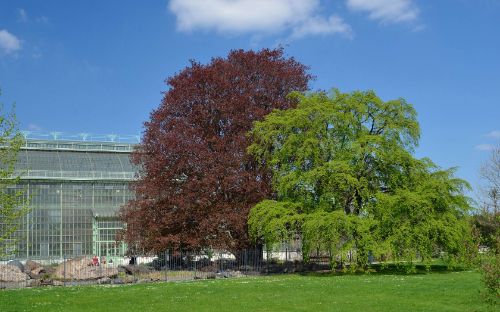The Schönbrunn Desert House in Vienna, Austria, offers visitors an intriguing look into the world of desert flora. Located within the grounds of the famous Schönbrunn Palace, this greenhouse provides a stark contrast to the lush gardens surrounding it. Visitors appreciate the diverse collection of cacti and other desert plants from various arid regions around the world. The structure itself, with its impressive glass dome, is often noted for its architectural beauty. Many reviewers find the educational aspect of the Desert House valuable, with informative displays about desert ecosystems and plant adaptations. The carefully maintained environment allows plants to thrive, giving visitors a realistic sense of desert landscapes. Some visitors mention that the space can feel a bit warm and humid, which is necessary for the plants but might be uncomfortable for some people. A few reviewers note that compared to other attractions in Schönbrunn, the Desert House is relatively small and can be explored rather quickly. Despite its size, most visitors find the admission price reasonable, especially when combined with other Schönbrunn attractions. Overall, the Schönbrunn Desert House is generally well-regarded as an interesting and educational addition to the palace complex, offering a unique perspective on plant life rarely seen in Central Europe.

























